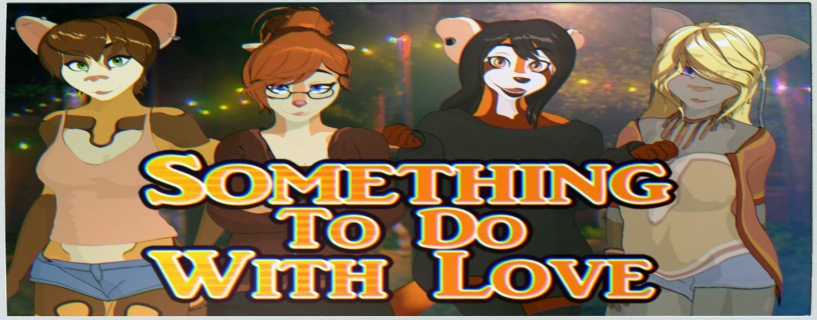Much like the name itself, this visual novel meanders around a vague idea while never really going anywhere or achieving anything.
Type: Single-player
Genre: Visual Novel
Developer: Bune Duggy
Publisher: Clam Dog Games
Release date: July 1, 2019


Before we go straight into the game, there is a story about how this review came to be. You see, despite the obvious associations, I never imagined I would talk about this game let alone get a review copy. Originally, I had pitched the idea as a joke, and, after playing what remains an exceptionally well-made demo and seeing the tasteful adult content, my expectations were surprisingly high. Even after two to three weeks of a delayed release due to a submission error with Steam, nothing diminished my sincerest wishes that this game would be another visual novel to show me that you shouldn’t judge a game by its cover. Unfortunately, this game did prove that point—except for all the wrong reasons—and what began as an innocent joke ultimately made me feel like a disenchanted fool.
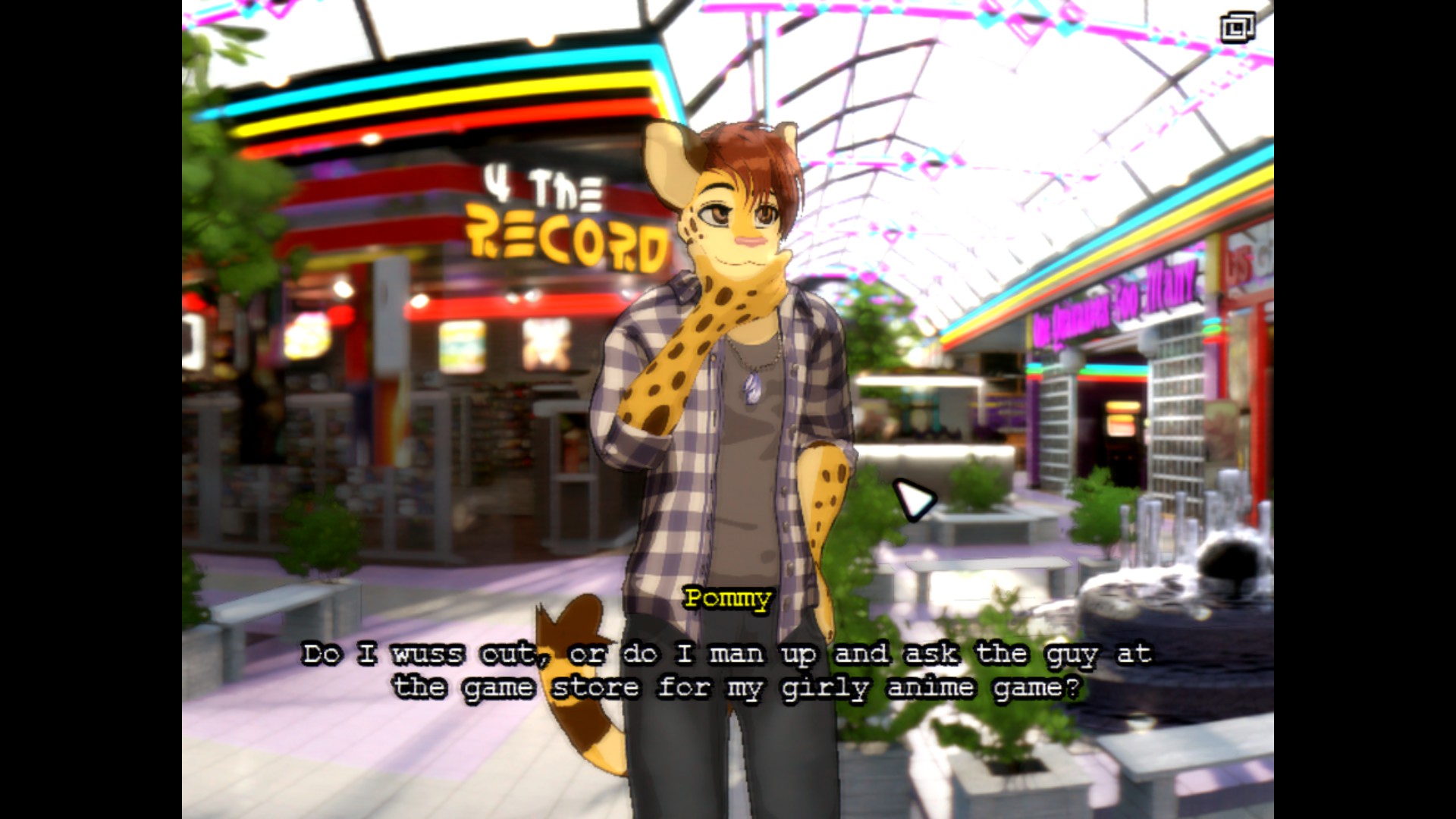
Having already shown my proverbial cards, I want to quickly follow up that information by stating that my expectations did not cause my own disappointment. What disappointed me were the numerous bugs, the unfinished nature of the game, and the severe lack of content (as well as the overall dissolution of its former structure.) Even if this game released into Early Access, I would still find the state of the game unacceptable for purchase. The only saving graces about this game are that Something to Do with Love is the developer’s first gaming project, not his first animated work, as well as the fact that he has responded favorably to criticism. Additionally, the developer has made the game more stable with each update and he has stated future ideas for content, which makes me wonder why, if not for time and monetary constraints, the game had to come out.
However, until said improvements have been updated, I can only review the game as it is. (One last side-note: It wasn’t until I played the game that I learned a friend of mine bought one of the town NPCs as a backer reward, but I don’t view this as any conflict of interest because this person did not work on the game. Obviously, I won’t feature the character out of respect.) So unless you still want to purchase this game in the future, or you are not convinced about how bad it is, the rest of this review will illustrate how and why this game disappointed me rather than earning the ire it probably deserves.
The Fonder, Smaller Moments During the Honeymoon Phase
Since this review has already illustrated the game’s problems, it would be fair to discuss some of the more positive qualities, starting off with the presentation. Unlike the many visual novels using 2D sprites and multiple facial portraits to express emotions, all the characters here have 3D models with simple animations. These characters are set against pre-rendered backgrounds with some small animated touches to make the setting feel lively; sometimes the game will utilize various camera techniques like fish-eye lenses to convey depth. The camera’s motion blur can be a little nauseating to tolerate when panning the screen, but it thankfully doesn’t move too often. While the idea may sound strange, if you have played any classic Resident Evil games, then you will be accustomed to the format, and the usage of simple point-and-click controls helps to keep things simple.
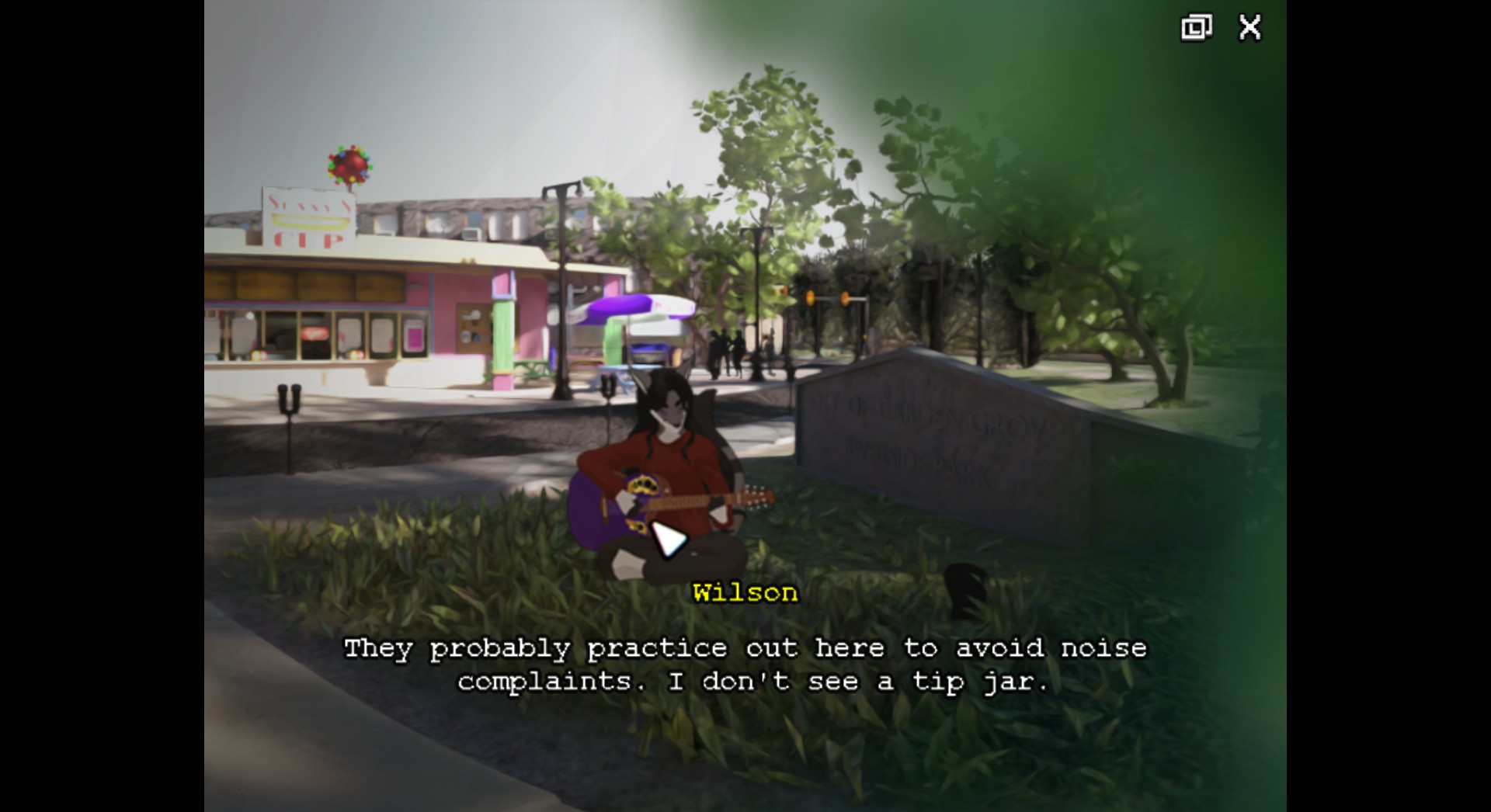
Similar to how inviting the visuals are for the eyes, the sound design throughout is also easy on the ears. Most of the credit is due to Maru’s soundtracks, which are as calming as the grazing of soft waves at your feet while lying on the beach one late Summer afternoon. Although what you’re probably more interested in is the overall quality of the voice-acting, and, thankfully, most of the lines are handled well when the voice-actors are present. For the most part, however, all random NPCs and random moments with the main characters lack any voice-acting, which is probably for the best. Outside of that concession, the presentation is of high quality despite the numerous design decisions that interferes with its own efforts.
Unfortunately, and if the screen resolution didn’t already give this information away, the ‘80s aesthetic hampers the game’s technical qualities. Besides the 4:3 aspect ratio, you can thankfully turn off the more performance-heavy and eye-grating settings such as bloom, film grain and lens flare. It’s difficult to find fault with these decisions because they fit the time-period as well as the fact that the protagonist, Will, works at video-rental store during the era of VHSs. Even if you accept that reasoning, it’s a great disservice to the game’s visual quality to be harmed by its archaic limitations. Additional resolution options would be appreciated, although a simple wide-screen stretch patch would only make the problem worse—these small problems, however, are only the tip of the impending iceberg.
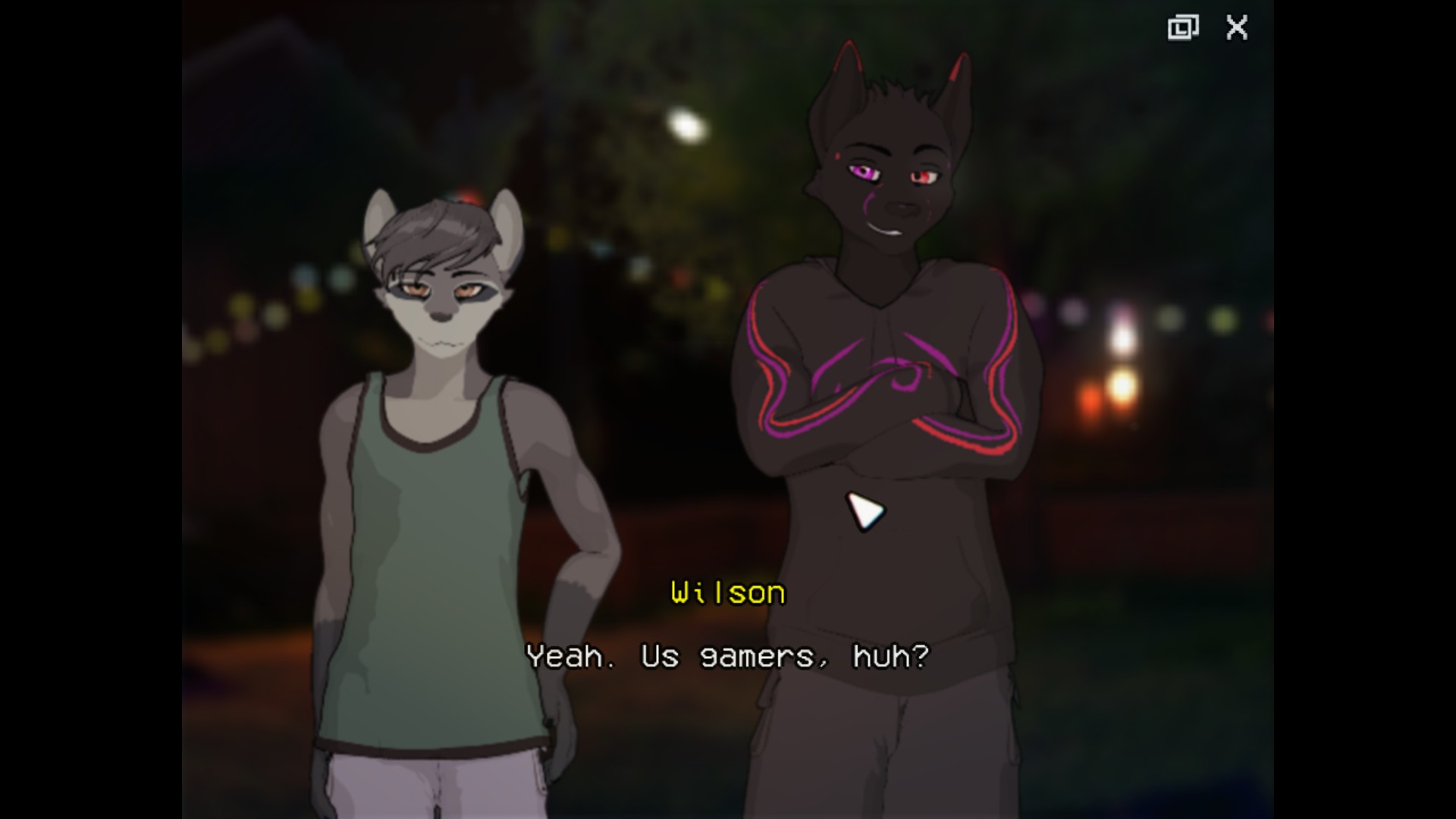
Another surprising notable quality is that this game has some well-written dialogue if you enjoy slice-of-life storytelling, although these moments are more sparse than the pleasant visuals. Now this quality will vary depending on your taste for down-to-earth dialogue as well as the many personalities you encounter. If there wasn’t an abundance of “See you later” exchanges from both major and minor NPCs, then I would be more interested in talking with every character. Some of these more vivid exchanges are less cringeworthy thanks to the addition (or the omission) of decent voice-acting, which are limited to the main cast and to certain scenes. Of the four girls to choose from, there is a lot of charming dialogue, attention to detail in verbal mannerisms and body language, and fleeting character-building moments to make their interactions a treat in of itself.
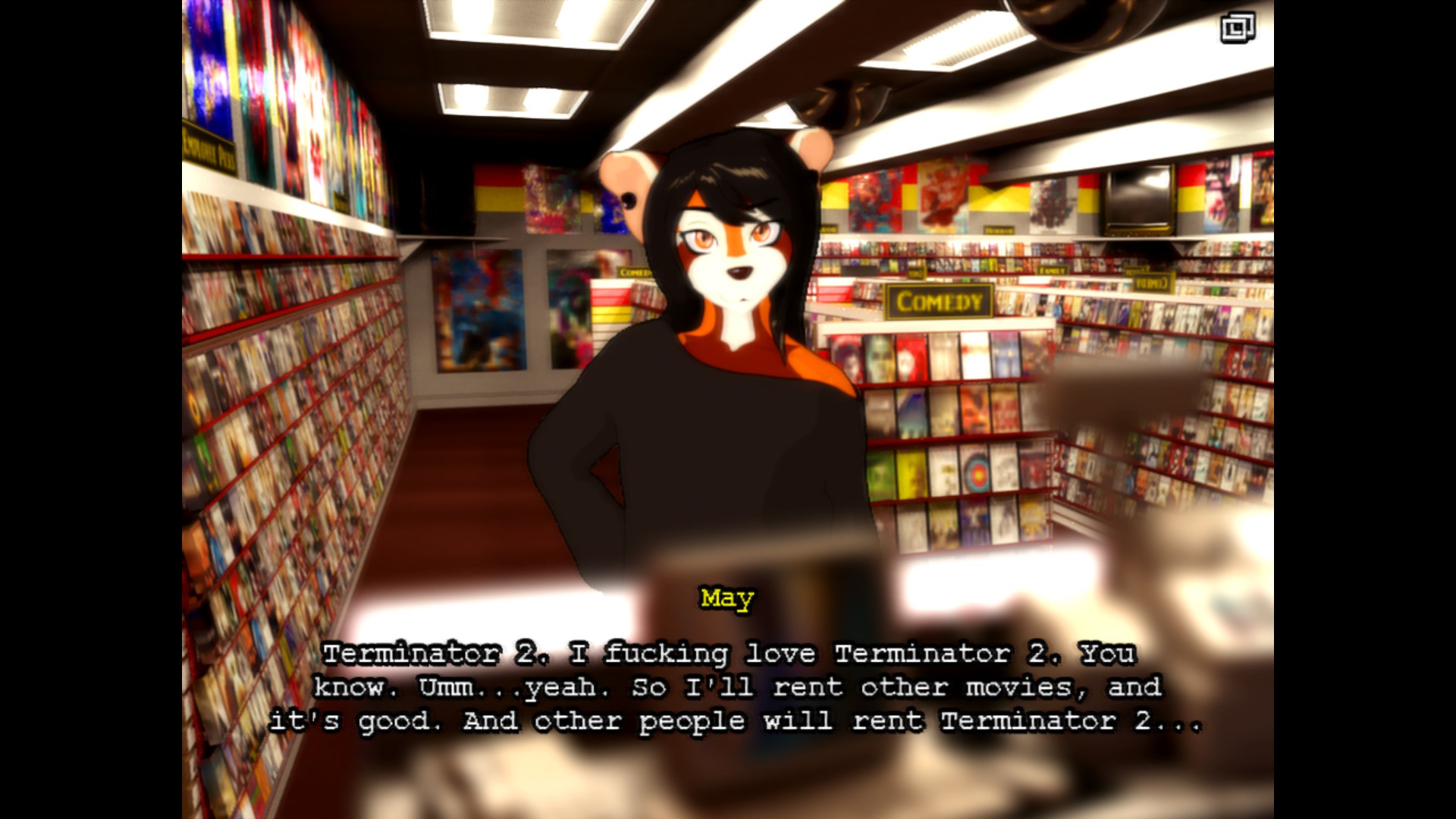
Probably my favorite exchange was from May as she described her open relationship as “renting Terminator 2” (and yes, this metaphor would later imply that she is the VCR.) If the dating system was more fleshed out to work with the meager amounts of good writing to build those interpersonal connections, then this result would greatly enhance the climatic moments. Sadly, dates become rehashed conversations that will quickly lose their luster with each passing day—wait, was that social commentary? No, I am giving the game too much credit. Quite honestly, my biggest gripes would be resolved if there was simply more of these entertaining exchanges as well as things to do within the game—outside the other major gameplay and technical shortcomings.
Forever Reliving the Self-Induced Purgatory of One-Night Stands
To truly understand how deflating this game was to play, you would have to play the demo in order to understand the situation because the final product undoes everything the demo did so well, so let’s begin this section from there. The first demo introduced the main characters as well as set-up the plot taking place before a fourth of July weekend party; you were introduced to three out of four main side-characters along with the potential conflict between Neil and May. Afterwards, a second version expanded the first two days of the game with what felt like a taste of the free-roaming aspect of the town in addition to the choices you could make to shape the narrative, a few surprises to find if you explored thoroughly, and the game was relatively bug-free. You can imagine my shock when I discovered that those two days were two-thirds of the actual content whereas the rest of the game can only be best described as an early mid-life crisis (or a Groundhog Day) simulator.
This realization will not be made clear because the game never informs you that the story is over past day three—or day five if you follow May’s story. Even more confusing, you might not even understand what happened due to the game’s buggy nature, which leaves you in its own purgatory where you keep playing day after day, hoping something will change or you will discover something new until you inevitably suffer an existential crisis from all the monotony. While there are three main deviations for the main characters on day two, these changes are so insubstantial and so subtle that it doesn’t surprise me how some people can play this game for twenty plus hours and never realize the story had long been over.
Someone once described playing a Bethesda Softworks game at release as suffering from “Schrodinger’s Bug” where the line of what is and what is not a bug is blurred. That same type of problem is how I would describe Something To Do With Love because most of the game-breaking bugs come from Day 1 and 2, which were previously stable during the demo. These problems include random crashes such as choosing “No” to go to bed, inconsistent bugs (and more crashes) after talking to the random NPCs in one specific area, visual glitches or scripting errors that cause certain scenes to not function properly, or other potential issues in a game without an autosave feature. After those poor early impressions, it’s surprising that the rest of the experience, by contrast, only suffers an occasional scripting bug; it’s only the beginning that seems to suffer the most technical problems. You wouldn’t realize this problem while playing nor would you realize how much the game pads itself out with its free roaming and modern life schedule until the player has effectively wasted their time.
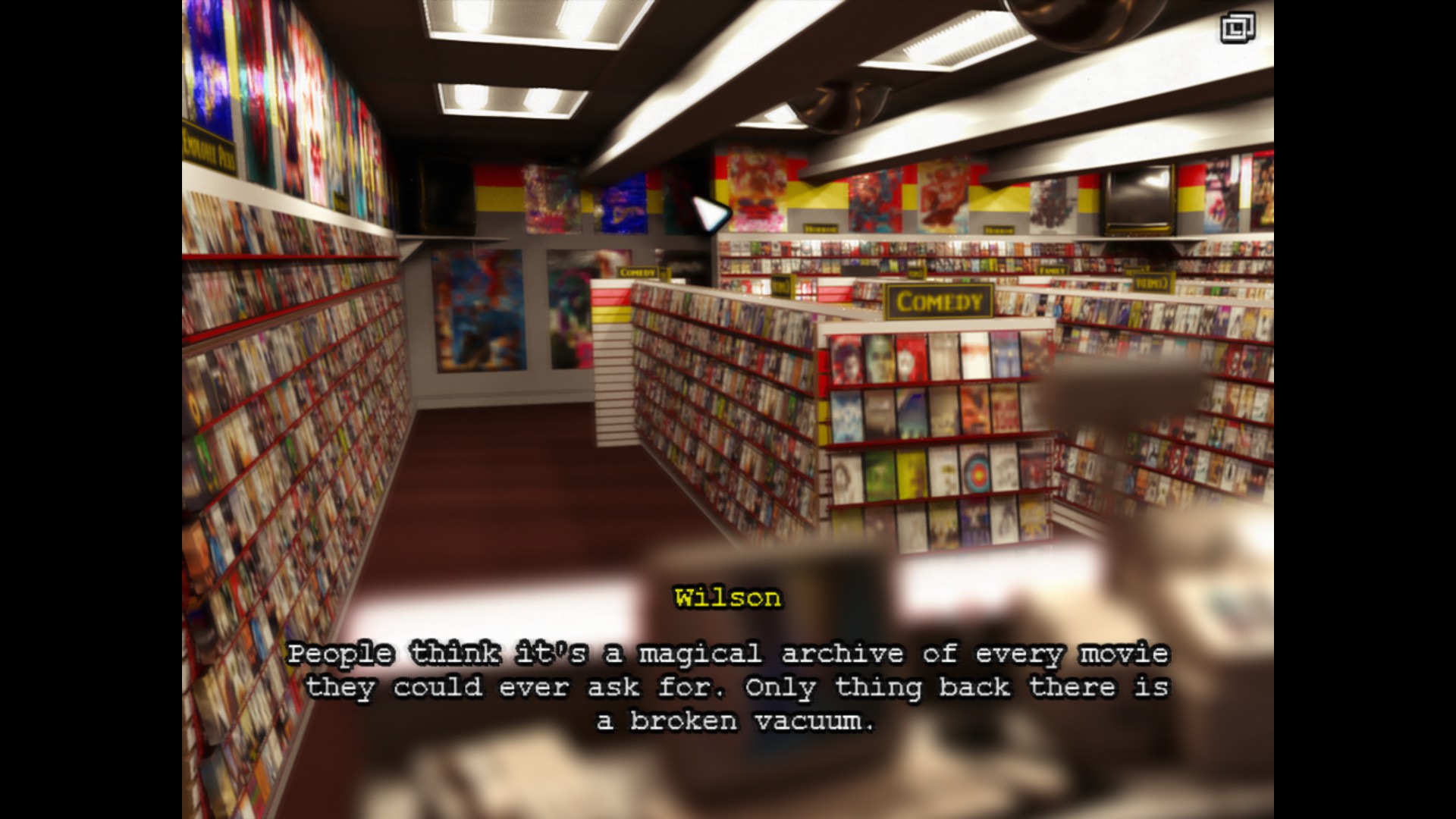
This form of padding isn’t the only instance of this problem. As mentioned previously, so many exchanges can boil down to an excuse not to talk to you, and what makes this annoyance worse is that there are no indications for new dialogue. Characters are not found at predetermined areas nor do they have pre-scripted lines; they simply spawn randomly every time you enter and leave a doorway; and they either spout character-specific lines or random filler. Additionally, some areas outside of town are unused, yet you can freely explore them whenever, prompting the player to expect that he or she will later have a reason to go there. You don’t even need to show up for work at the video-store—you can just sleep in and the next day loops over as if nothing happened—which these sections are another moment for the game to artificially pad itself out by having you do nothing. After work, there is nothing to do except hang out with May (if you can even find her,) and not even the bar, which is only available at night, offers anything to do. All these instances are, at best, obfuscations to what is the actual substance to the game, and even if you are only interested in the saucier content, you will also find several problems.
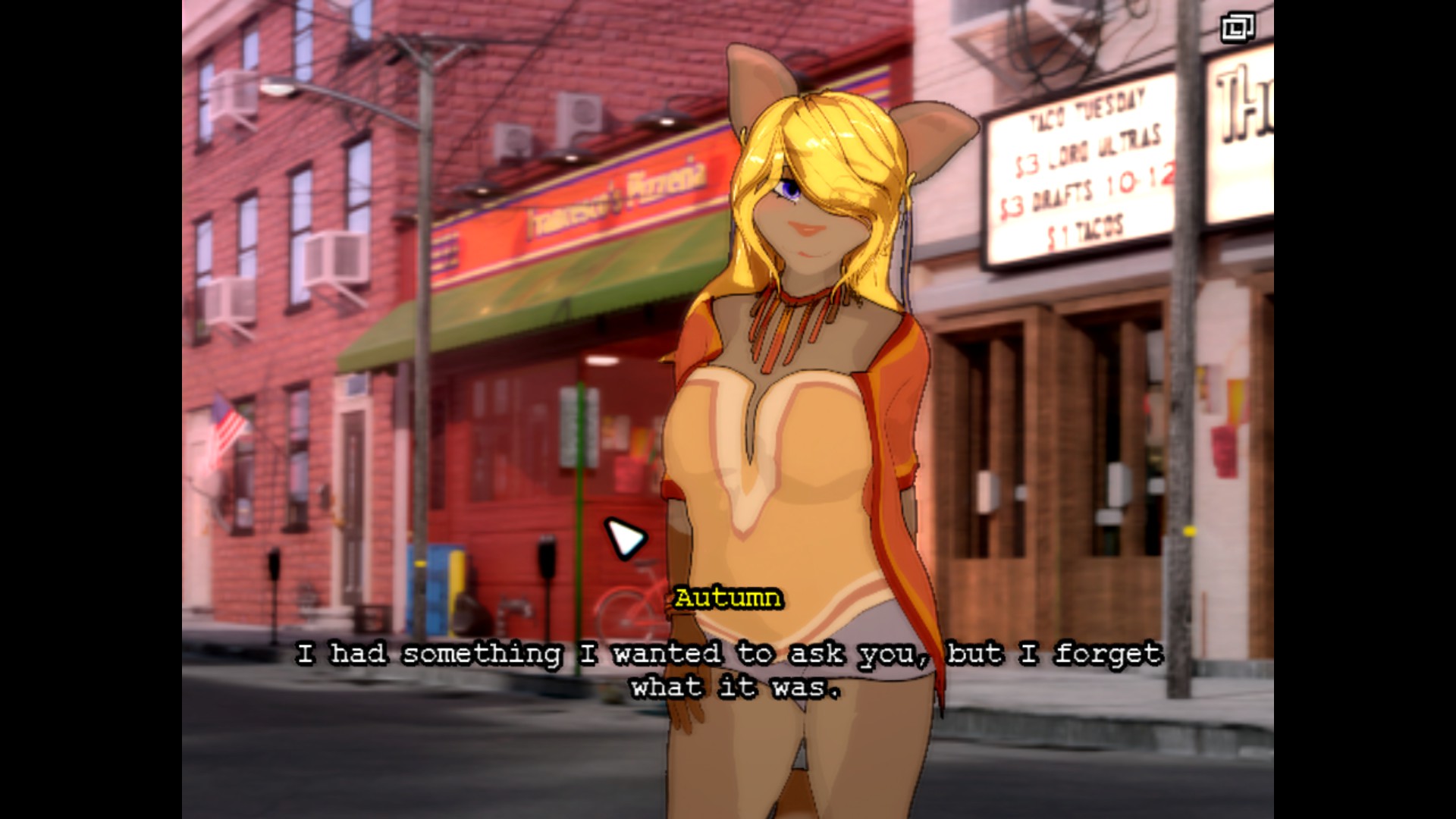
Once you have completed the second night, the options for the four girls simply vanish. You might expect this statement to mean that there is some sort of commitment system or this aspect is part of the storytelling, but the reality is nothing like what you think. The options to hang out, chat or fraternize with the girls (outside of May) doesn’t work past day two with the exception of Autumn because her story happens later. After that one special scene, all the girls outside of May will simply tell you they are too busy, or they cannot remember what they wanted to say. Again, this type of problem begs the question whether this is a bug, part of the story arc for the characters, or the game punishing you for not staying with one girl because May is the only one who seems open to that kind of relationship. This result gives the story an overall incomplete impression as the inciting incidents have barely begun nor does the game provide you any sense of closure.
Perhaps this problem is why the community Strawpoll had most people asking for more “Love Scenes” (maybe that also means more stories with the four girls) than added gameplay features or additional side content. However, the real problem is that there is so much missing you cannot help but think this game ran out of time as the current state is the mere cobbling together of a half-functioning game with too many underdeveloped ideas.
Verdict: If We Knew What Tomorrow Would Bring, Then We Wouldn’t Need Dreams
You know, the thought occurs to me that as someone who doesn’t understand the appeal of most visual novels, perhaps I, much like the game itself, has lost the script of what is actually important to the audience. However, are my expectations for a complete story too much to ask?
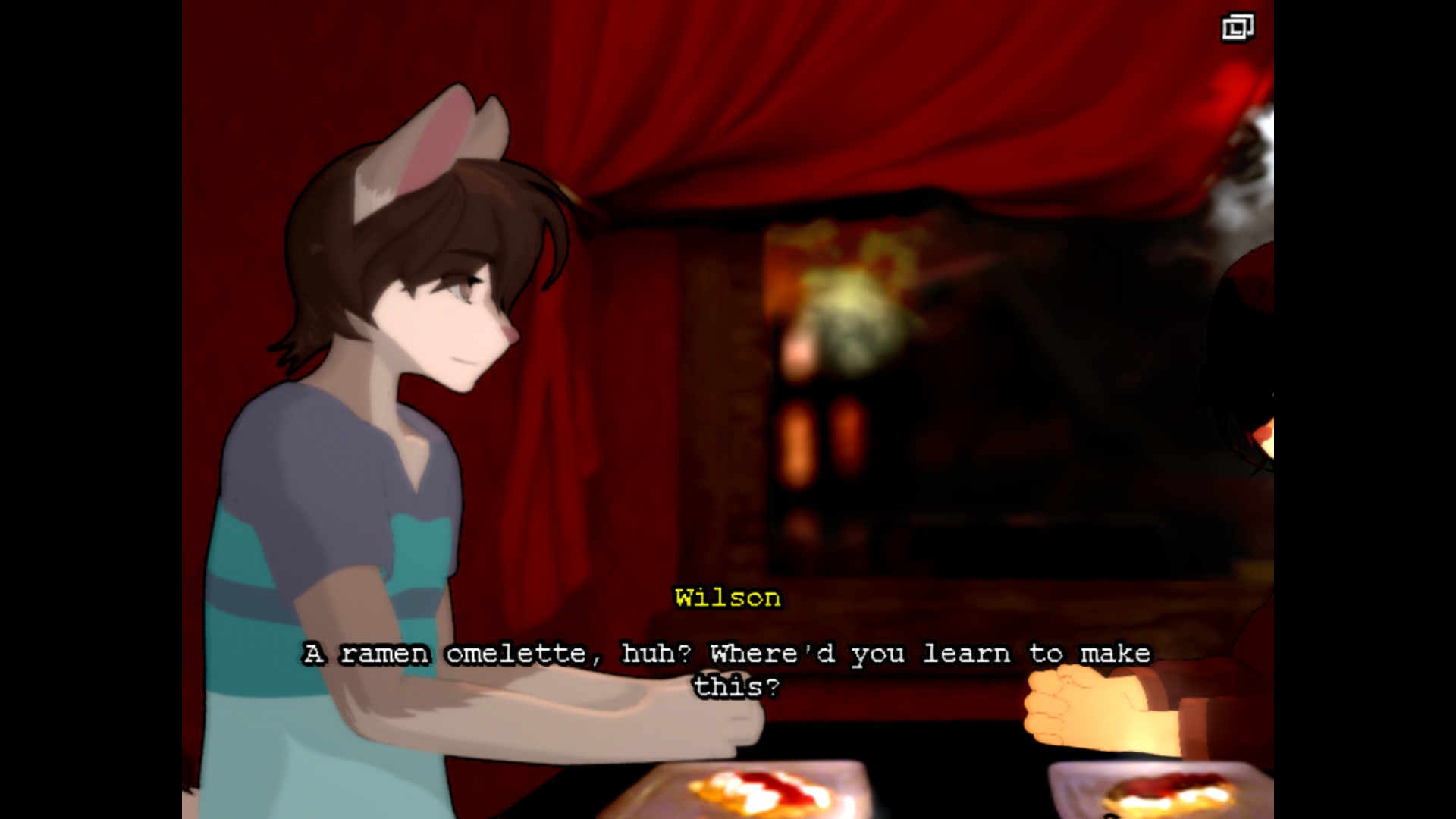
If I was being exceedingly generous with my estimate for the amount of content available, including the multiple paths, then you would get a solid three hours at most. To enjoy that meager amount of content, you would also have to endure what is perhaps three times as much padding to savor whatever there is to enjoy. In the grand scheme of games for 2019, Something to Do With Love isn’t the worst game I’ve ever played; it is, however, the most disappointing. Perhaps with enough updates this visual novel will become something more worth its price tag with time, yet we already have enough live services to feel incomplete, not to mention the worst live service of all, life itself.

